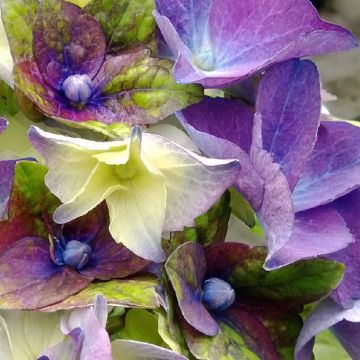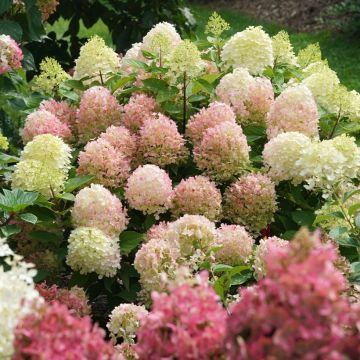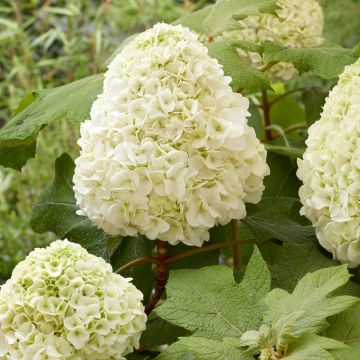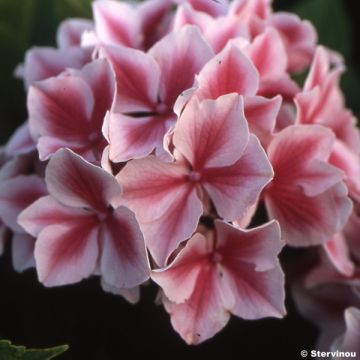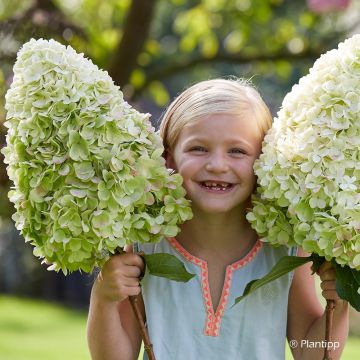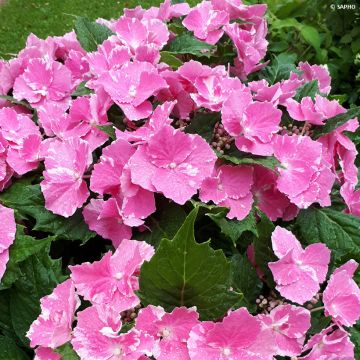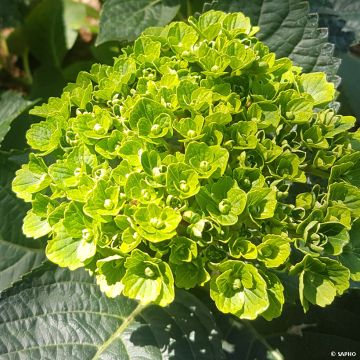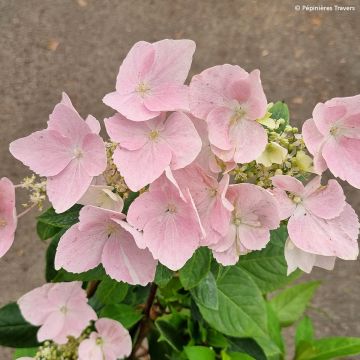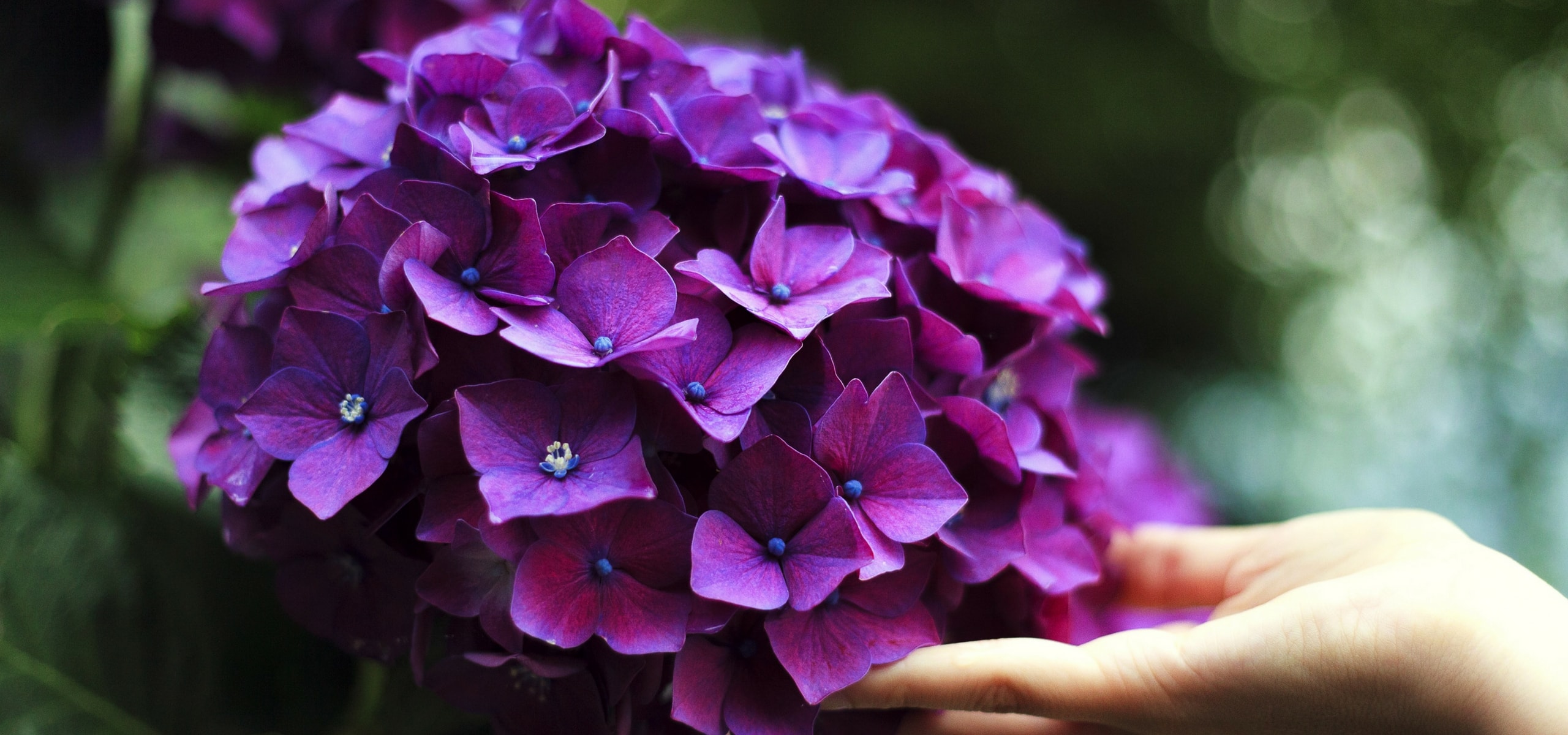
How to grow hydrangeas?
our tips to obtain blue flowers and to dry them
Contents
Hydrangeas or Hydrangea in Latin, captivate us with their impressive summer flowering, often in rather romantic shades: pink, mauve, blue or white. They produce large flat inflorescences, in balls or panicles depending on the variety. These are deciduous bushes that thrive in semi-shaded situations and prefer rather acidic soils. They add a romantic and colourful touch to gardens, whether in borders, beds, or even in pots. Discover how to successfully cultivate them, including where and how to plant them, as well as our tips for maintaining and helping them thrive season after season!
Where to plant hydrangeas?
Hydrangeas generally prefer semi-shaded locations and fear scorching sun, which can dry out their leaves and burn their flowers. Most varieties, such as Hydrangea macrophylla and climbing hydrangeas (for example, Hydrangea petiolaris), thrive well in shaded or partially sunny areas. For instance, you can place a climbing hydrangea against a north-facing wall, where it will receive soft, indirect light.
However, some hydrangea varieties tolerate sun better. This is the case for Hydrangea paniculata, arborescens, and quercifolia, which can thrive in full sun, provided the soil remains sufficiently cool, especially during periods of intense heat.
Most hydrangeas appreciate cool, well-drained soil that is rich in humus and slightly acidic. Acidic soil actually promotes blue hues in macrophyllous hydrangeas. It is therefore advisable to add heather soil or compost to maintain a good level of acidity and moisture. In contrast, some species like Hydrangea quercifolia and arborescens show greater tolerance to calcareous soils and even to drier conditions. These varieties are therefore ideal for gardens with more alkaline soils or for areas that are somewhat more exposed to wind and drought.
When to plant hydrangeas?
The ideal time to plant hydrangeas is autumn, between September and November. At this time, the still warm soil allows the roots to establish well before winter, which promotes vigorous growth in the following spring. However, it is also possible to plant hydrangeas in spring, from March to May, and even in early summer. In this case, it is important to closely monitor watering, as young hydrangeas are sensitive to summer droughts. Mulching around the base can also help retain moisture and protect the roots from temperature fluctuations.
Discover other Hydrangeas
View all →Available in 1 sizes
Available in 1 sizes
Available in 1 sizes
Available in 1 sizes
Available in 1 sizes
Available in 1 sizes
Available in 1 sizes
Available in 1 sizes
Available in 2 sizes
Available in 2 sizes
How to plant them?
To properly plant hydrangeas, follow these steps:
- Start by digging a hole twice as wide and deep as the root ball of the young plant, to allow the roots to spread easily.
- Next, mix a bit of heather soil or well-decomposed compost with the extracted soil, especially if your soil is calcareous, as hydrangeas prefer a slightly acidic substrate rich in organic matter.
- Place the root ball in the planting hole, ensuring that the top of the root ball is level with the soil.
- Then gently backfill around the plant and lightly firm it down.
- Water generously to help the soil adhere well to the roots.
- Finally, apply an organic mulch around the base of the hydrangea, such as pine bark or fallen leaves. This mulch will retain moisture, limit weeds, and enrich the soil as it decomposes.

How to care for hydrangeas?
Proper care of hydrangeas is essential to enjoy their generous flowering and keep the bushes healthy. Here are the care tips to provide them:
- Mulch the base of your hydrangeas with dead leaves, wood chips, or pine bark to keep the soil cool, limit evaporation, and protect the roots from cold in regions with harsh climates.
- In summer, water your hydrangeas regularly, especially during dry spells, as they need cool soil to prevent drying out. Water preferably early in the morning or in the evening, targeting the soil without wetting the foliage, which reduces the risk of fungal diseases.
- In autumn, leave the faded umbels on the branches rather than cutting them off. These dry flowers protect the new shoots from winter frosts. This is particularly beneficial in regions with harsh winters.
- At the end of winter – beginning of spring (February – March), remove the dry umbels and carry out a light pruning to encourage growth and aerate the plant. For Hydrangea macrophylla, only prune the stems that flowered the previous year, shortening them by a few centimetres. Varieties like Hydrangea paniculata and arborescens can be pruned shorter to stimulate abundant flowering.
These simple actions ensure good development and vibrant flowering of your hydrangeas every year!
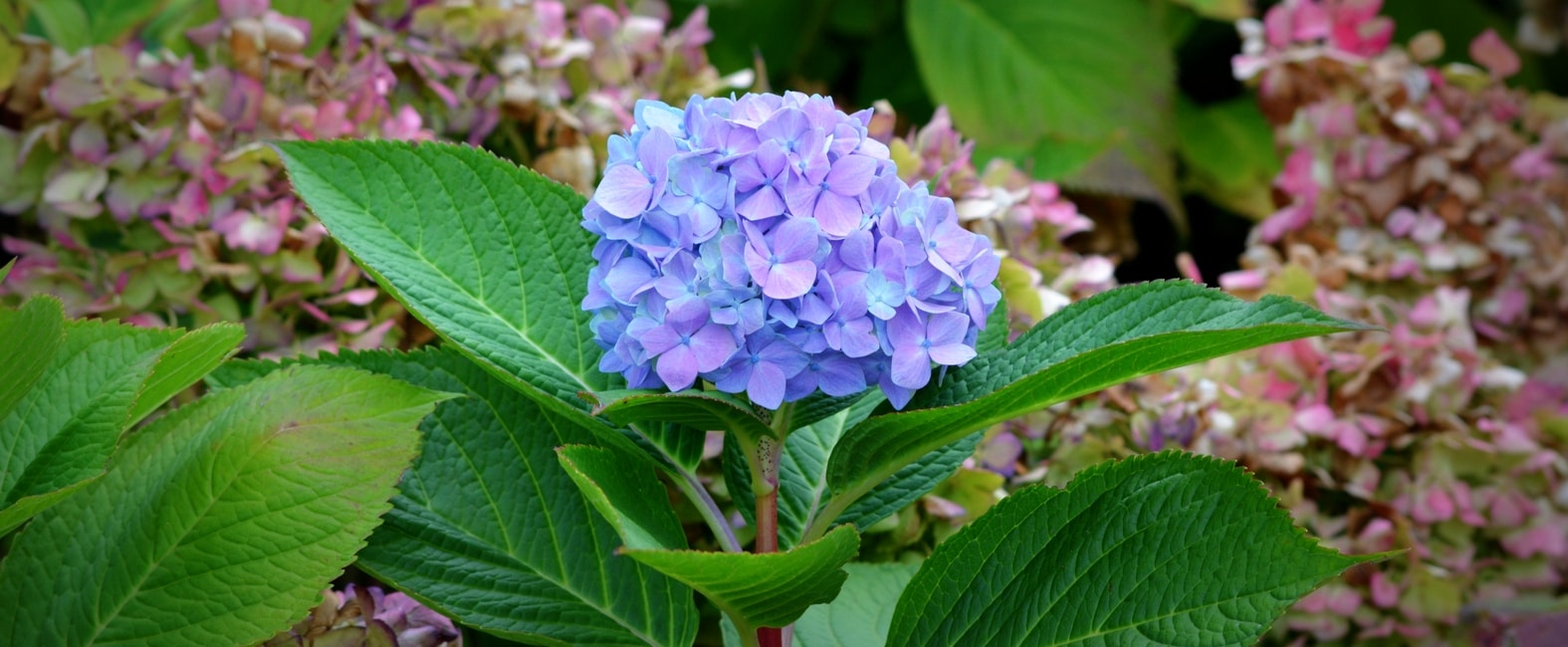
- Subscribe!
- Contents































